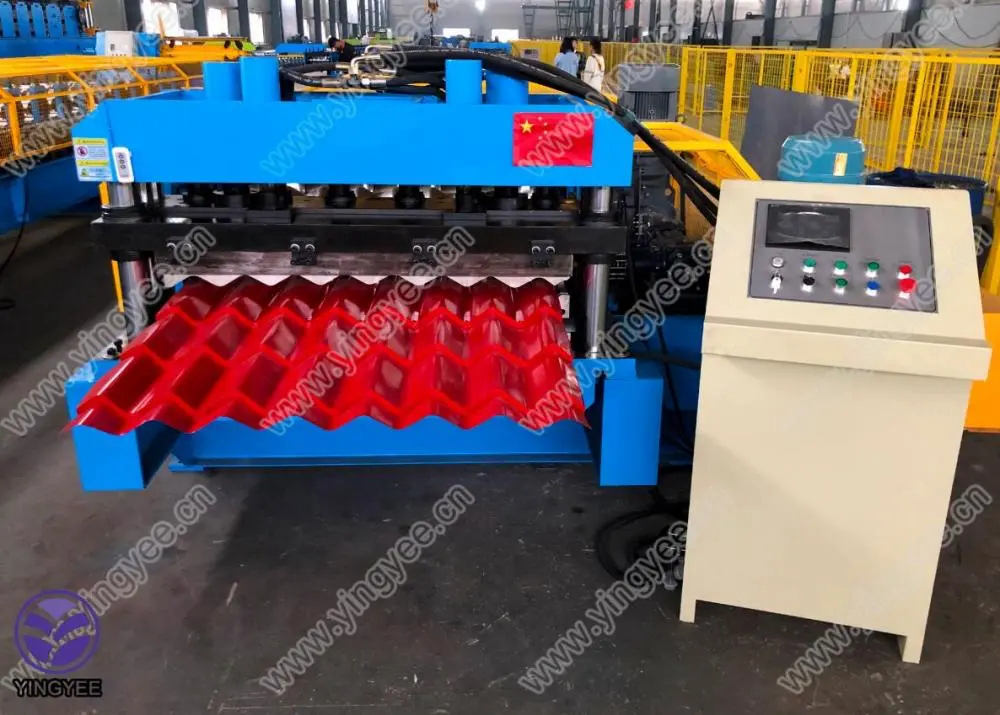
The Edge Bead and Corner Bead Production Line An Overview
The construction industry continually seeks innovative materials and production techniques to enhance the quality and efficiency of building projects. Among these innovations, edge beads and corner beads stand out as critical components that ensure the structural integrity and aesthetic appeal of drywall installations. This article delves into the production line dedicated to edge bead and corner bead manufacturing, exploring its significance, processes, and technological advancements.
Understanding Edge Beads and Corner Beads
Edge beads are protective strips applied to the edges of drywall panels, preventing damage and enhancing the finishing quality. They provide a clean, sharp edge, which is crucial for both durability and visual appeal. Corner beads serve a similar purpose but are specifically designed for corners, offering reinforcement that protects vulnerable areas from chipping and wear over time. These components are essential in achieving smooth, professional finishes in residential and commercial construction.
Significance of a Dedicated Production Line
A dedicated production line for edge and corner beads is vital for several reasons. First, it streamlines the manufacturing process, increasing efficiency and reducing lead times. In a market where timely delivery is crucial, a specialized production line can significantly enhance a manufacturer’s competitiveness. Furthermore, a dedicated line allows for greater customization, enabling manufacturers to produce various sizes and styles to meet specific project requirements.
The Production Process
The production of edge and corner beads involves several stages, each integral to ensuring high-quality output.
1. Material Selection The process begins with selecting the right materials, typically galvanized steel, aluminum, or PVC. These materials are chosen for their durability, flexibility, and resistance to corrosion.

2. Cutting and Shaping Once the materials are selected, they undergo cutting and shaping. This is typically done using advanced machinery that ensures precision in dimensions. For edge beads, flat strips are cut to the desired lengths, while corner beads are formed into L-shaped profiles.
3. Coating and Finishing After shaping, the beads are often coated to enhance their corrosion resistance and aesthetic qualities. This can involve processes like galvanization, powder coating, or applying adhesive vinyl, which contributes not only to longevity but also to the bead's visual appeal.
4. Quality Control Quality assurance is paramount in the production line. Each batch undergoes rigorous testing to ensure it meets industry standards. This includes checking for dimensional accuracy, strength, and surface quality. Any defective products are discarded or repaired to maintain high-quality output.
5. Packaging and Distribution Once the products pass quality checks, they are packaged carefully to prevent damage during transportation. Efficient packaging systems also facilitate easy handling and storage. Finally, the finished products are distributed to retailers or direct to construction sites.
Technological Advancements
Technology plays a crucial role in the evolution of edge and corner bead production lines. Automation has significantly enhanced production efficiency, with modern machines capable of operating at higher speeds while maintaining accuracy. Computer-aided design (CAD) software allows for precise customization, enabling manufacturers to respond rapidly to market demands.
Moreover, advancements in material sciences have led to the development of new types of beads that offer improved performance, such as impact-resistant and lighter-weight options. These innovations not only improve the usability of the products but also contribute to sustainable building practices by reducing material usage.
Conclusion
The edge bead and corner bead production line represents a critical aspect of modern construction methods, combining technology, quality materials, and efficient processes. As the housing and construction sectors continue to expand, the demand for high-quality edge and corner beads will likely increase, further emphasizing the importance of dedicated production lines. Through continuous improvement and adaptation, manufacturers can enhance not only the durability and functionality of these essential components but also their overall contribution to the aesthetics of building projects. As the industry evolves, the production line for edge and corner beads will remain at the forefront, enabling builders to create structures that are not only robust but also visually compelling.